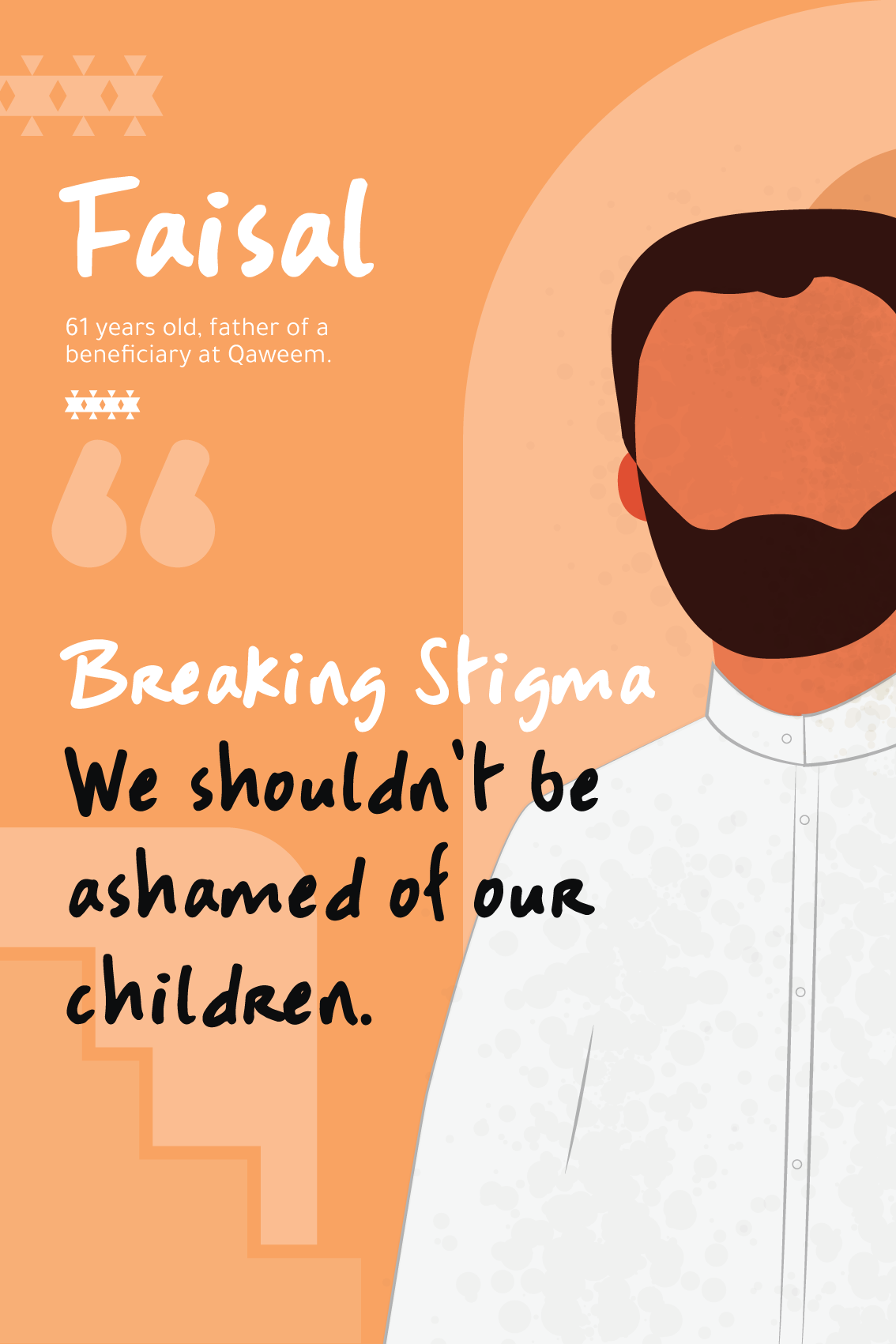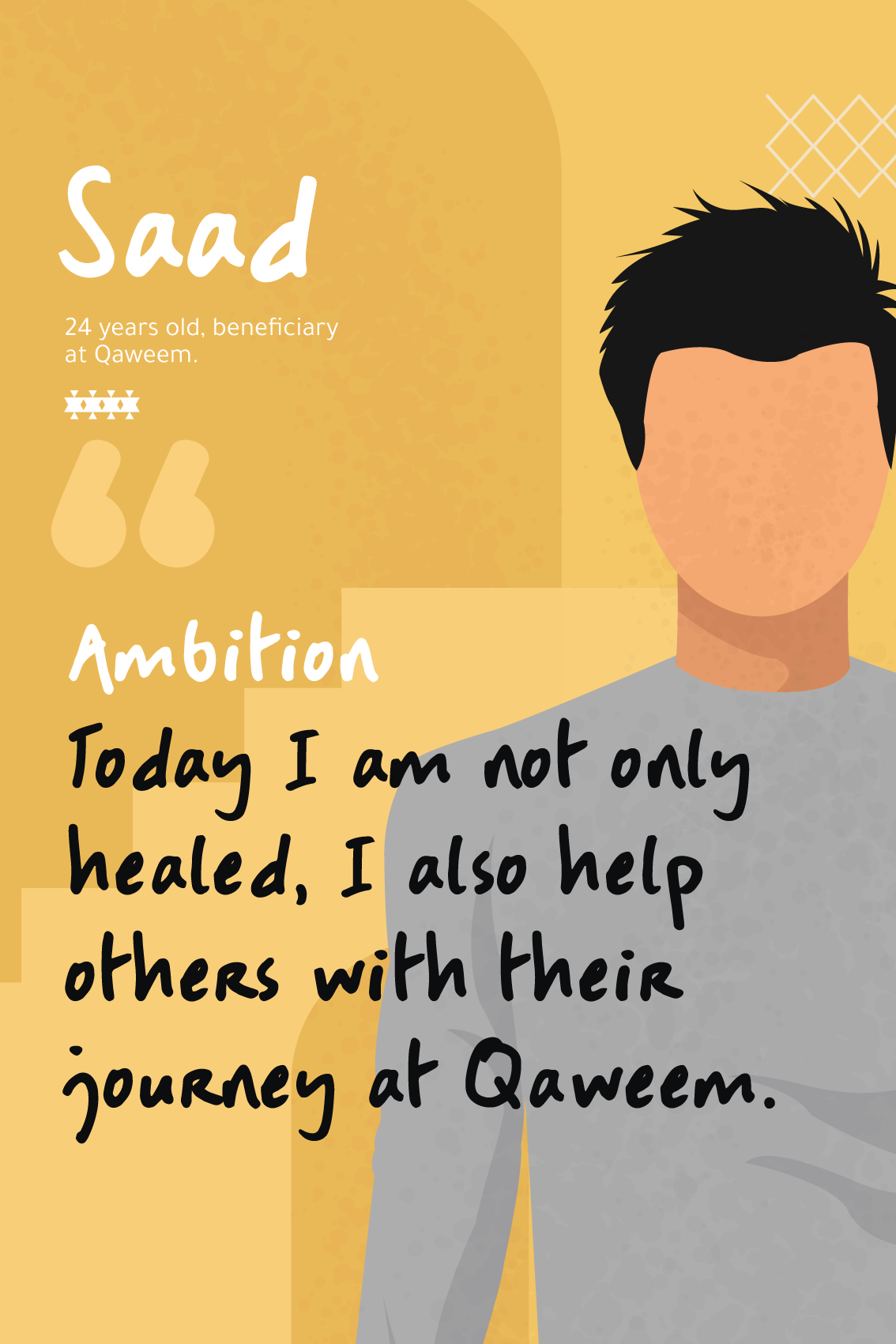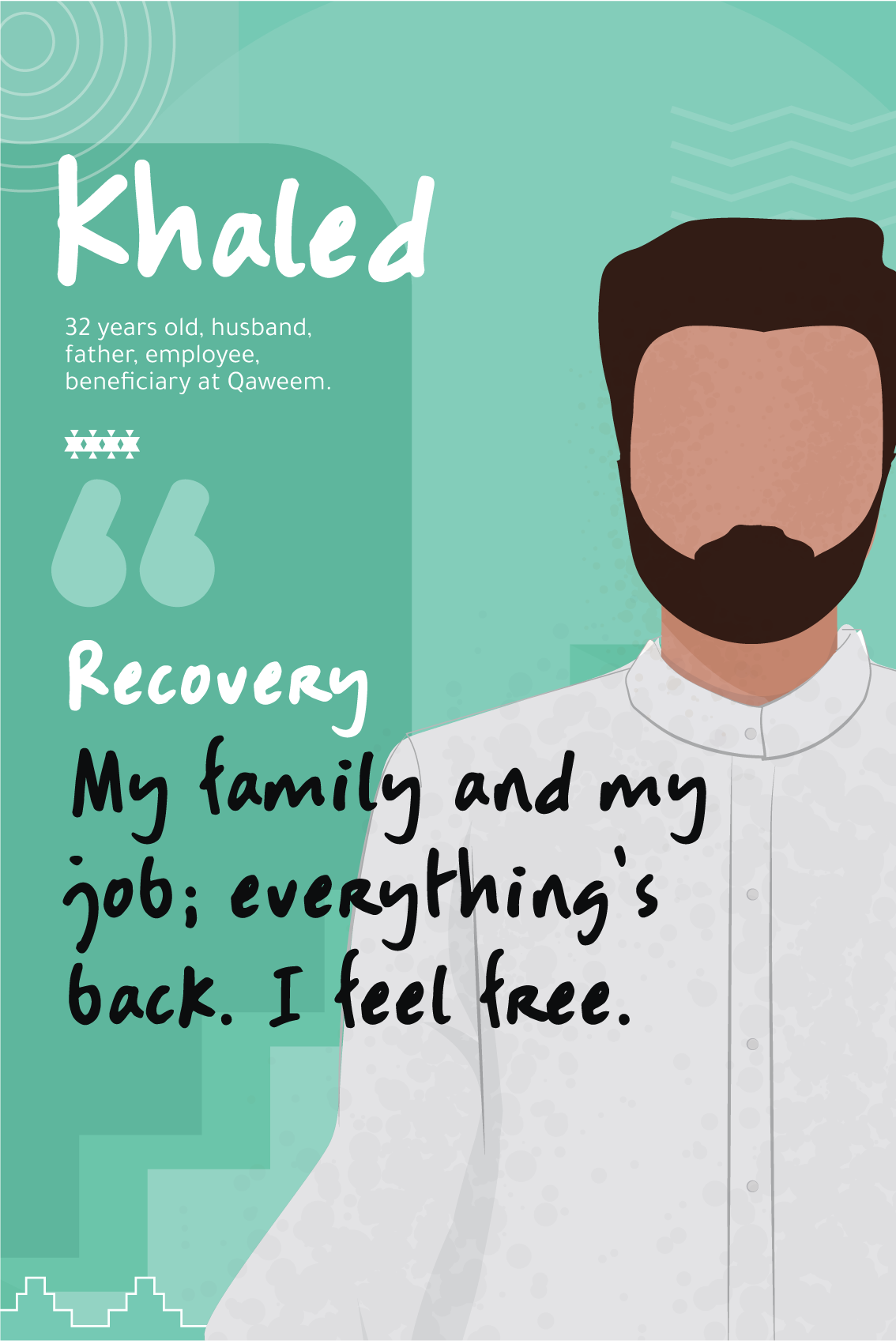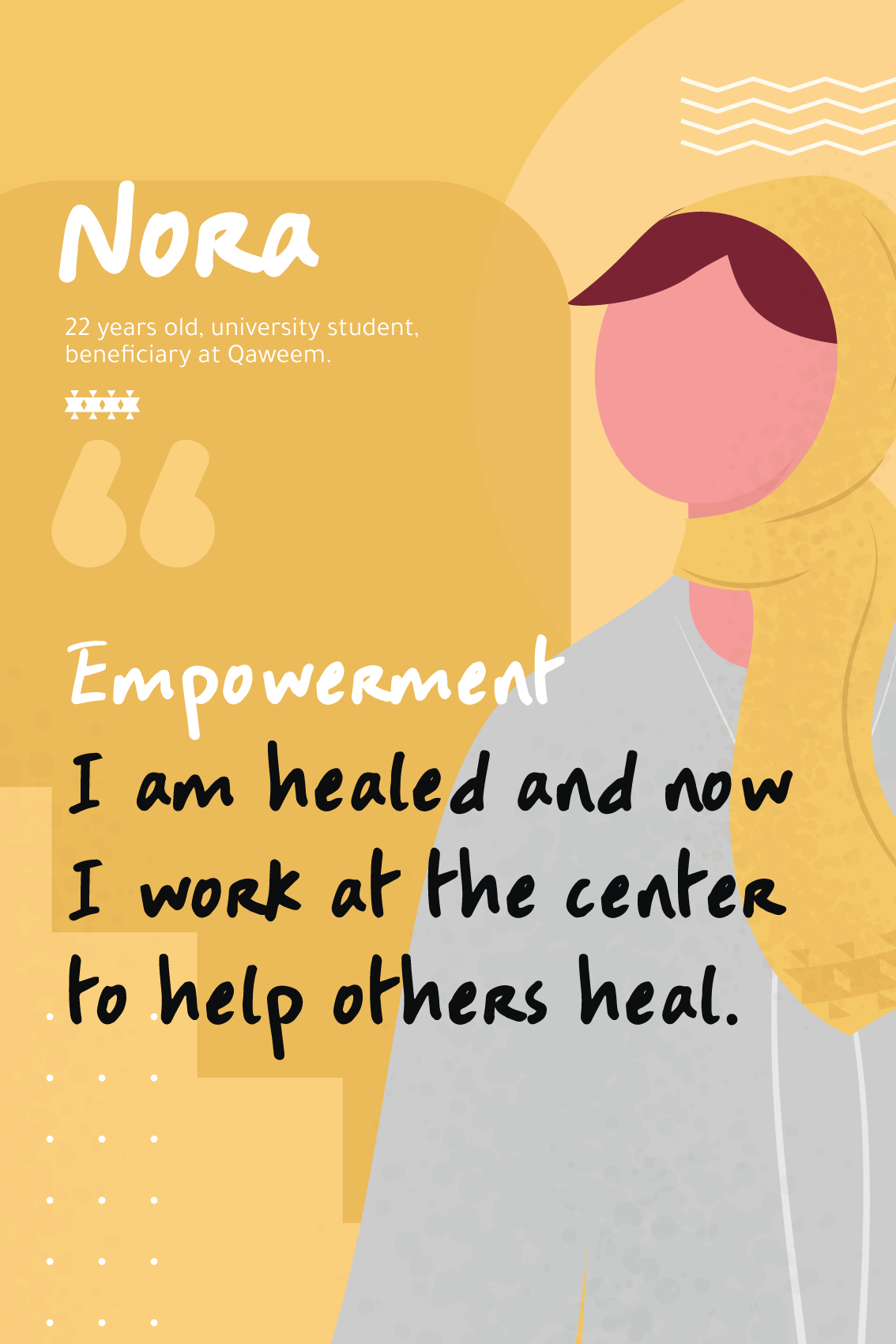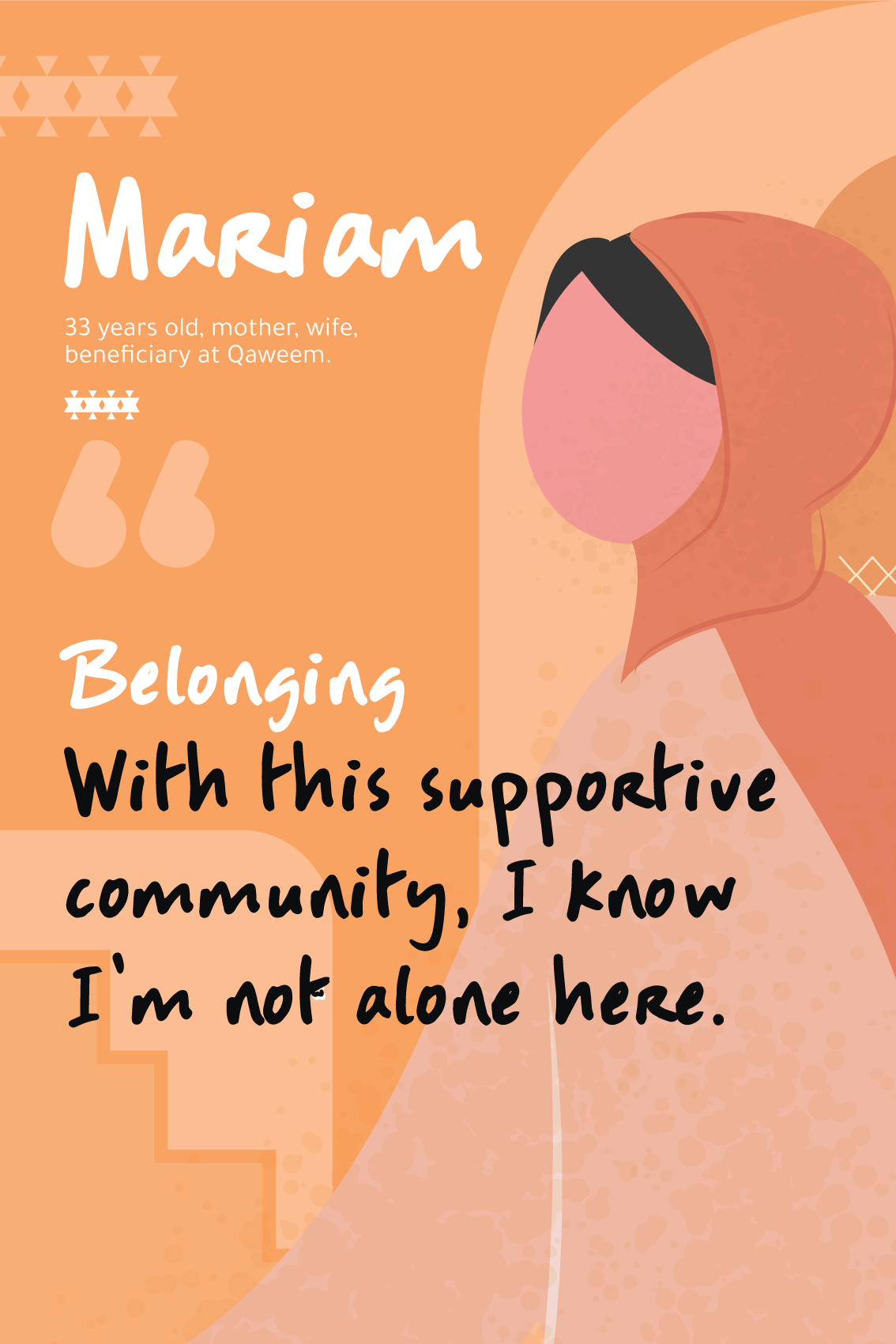5 Ways Businesses Can Harness Design Thinking!
1. Kick Off the Design Thinking Process with “Empathy”
Definition
Empathy in simple terms, is the awareness of people's feelings and in business refers to “putting yourself in the shoes of the customer”. Empathy allows a business to uncover user experience and behavior without any biases or assumptions through a series of research techniques, such as: observation, interviewing, scenario mapping, business model mapping, and customer journey mapping, among many others. Empathy in business allows you to stay relevant to your customer, gain a better understanding of their latent needs -- in order for you to design what they actually want.
“Sometimes a simple conversation can grant surprising insights that become the foundation of the project.”
According to IDEO Executive Design Director Jane Fultuon, observing the “thoughtless acts” is where the real potential lies. This can be the subtle acts of hanging sunglasses on shirts or adding color tags on keys to differentiate them. It shows how our environment around us forces us to create reactions to best adapt and therefore better design.
Method
There are several ways to go about this, to assume a beginner’s mindstate and to be open to receiving information and insights extensively. Secondly, asking the questions, what, how and why which will help frame the brief better. The third way is to conduct empathy interviews. The Stanford D school method for interviewing for empathy is constantly asking “why” even if you think you already have the answer. This will encourage storytelling and will test your intentions at every step and define the problem statement clearly. This will then be followed by brainstorming and ideation, prototyping and testing. It is very important to map this journey at different intervals, before and after implementing your recommendations and to note progress.
Case Study
Blue Hat’s project with Qaweem stands as a benchmark for empathy design and could not be conducted in the usual design process. Qaweem is a KSA based private rehab center for addiction treatment, offering in-patient and out-patient service and the goal was to establish the center’s reputation and credibility, in an effort to increase admission.
Through an empathetic methodology, Blue Hat unpacked the current customer journey by conducting interviews with current patients, recovered patients and the hospital staff. Such insights lead Blue Hat to propose the extension of the recovery treatment to include post-rehab care highlighting the importance of such transitional period.
The brand experience was heightened due the intervention on different touchpoints and leveraging technology.The rebranding took on a modern and more inclusive approach and created a community feel with symbolic representations of success , power and empowerment. The next step was to create a more seamless and inviting onboarding protocol by creating a new website for Qaweem and remodeling their social accounts to be more inviting as well as staff training on best practices.The scope also included creating an application to digitally hold health records and having options that help beneficiaries and their support system track their progress.
The design also took into account the spatial layout of the center and enhanced it by creating moments of delight, to reinforce the notion of a judgment-free healing zone that patients need and crave. The design also included a wall of fame with success stories inspired by the recovered addicts for continuous motivation and inspiration.
Blue Hat was able to remove thes stigma associated with addiction and gave back the power to the patients and turned them from victims to to heros through a reward basis.The result lead Qaweem achieving more admissions, higher profit margins and the inclusion of women in the program.
Curious to know more? Check out the Qaweem Case Study
2. Keep reverting to the question “Who am I Designing for?” at every step
Definition
The essence of design thinking is shifting the focus to the user experience; how the user will interact and react with the product, service or space. Such an approach opposes the standard method of sprinting from an addressable problem, to what the client wants. The user-centric approach taps into the needs of the users, that are often overlooked, by living their shared experience.
Method
The preliminary step as previously mentioned is to initiate the design thinking process with empathy through a rigorous hands-on approach like interviews. The second step aims to understand the context that users use as a direct system. A design phase follows which brings forth design solutions that are context and user specific. It is always helpful to bring an external member to the team that reviews the work periodically with an outsider lens to always make sure that the design addresses the main concern and evaluates how accurately it responds to the bigger picture. The user-centric approach is an iterative process that requires going back and forth on the different steps. Allowing the designer to be in direct contact with the users in a deeper level of empathy that will generate more ethical solutions.
Source: The Manufacturer
Case Study
If we look in practical terms at the work of Blue Hat with Ehtiwa Medical Center, it is clear as mentioned previously that a shift from aesthetic design to a human centered one brings forth a threefold effect, a much higher level of consumer engagement with the center, space optimization and consequently client satisfaction.Ehtiwa Medical Center is a KSA-based Healthcare Center with specialized rehabilitation services to empower children and families with special developmental disorders.
Blue Hat’s design looked inwards into the emotional and physical needs, and insecurities of the users. By identifying the individual strengths and weaknesses the different spaces and environments were created for optimal learning and comfort. Blue Hat optimized the space to meet the client’s needs and developed a better wayfinding system within the center to create a welcoming environment that is easy for children and their families to navigate. Kids being a more sensitive target audience, Blue Hat had to look at the holistic experience and provide a service that extended even to the change in staff uniform and training staff behavior when dealing with kids with developments. The design through a “powerhub ”aimed at de-stignmaitzing the issue of having a kid on the spectrum and designed tools to celebrate these kids achievements and progress both internally and with their parental presence. This includes sketches of kids on the wall featuring atypical super heroes to provide a sense of familiarity. Blue Hat developed a mobile unitas well for out of center intervention, because it understood the need to provide different environmental stimuli for optimal care. Thereby creating not just another medical center but a kids focused one with a sense of belonging.
Curious to know more? Check out the Ehtiwa Case Study
3. Test & Test Some More!
When innovating uncertainty is inevitable, therefore businesses should find comfort in the state of uncertainty and allow room for the process of testing, experimenting and iteration. It is the best way to test functionality and translate thoughts into physical results therefore, eliminating ambiguity and reducing miscommunication.It is a low risk process that can be done in an easy fashion and can lead to generative results. Testing can be used at any stage of design, but it is important to note that the earlier it is implemented the more cost effective it will be and can assist in ideation. To iterate on the above point, testing allows for a deeper understanding of the user and the product and therefore reinstates empathy.
“I believe we are the best place in the world to fail (we have plenty of practice!), and failure and invention are inseparable twins. To invent you have to experiment, and if you know in advance that it’s going to work, it’s not an experiment. Most large organizations embrace the idea of invention, but are not willing to suffer the string of failed experiments necessary to get there”
Method
Businesses should set aside a budget of experimentation during the initial stages of project management. This experimentation budget should be accessible and inclusive to all levels. After the ideas have been narrowed down to a select few they now can be experimented with.Depending on what you are testing be it a product or service the testing would differ from a physical prototype or a digital it can be an individual and collective effort. You will then be able to create informed hypotheses and put your hypothesis to more testing. The drive data will be the foundations of the design and will provide the designer with a stronger sense of confidence.,Overall, you will learn the key issues and seek new solutions based on what the results reveal.
Case Study
When Blue Hat was developing an onboarding digital strategy for Mo3lim, a KSA-based e-learning platform,it started out with extensive research and interviews to better understand the business model and to start finding the gaps in the existing brand awareness. Once the research was underway, Blue Hat experimented with three personas of users: the overworked instructor, the tech-savvy instructor and the unemployed instructor.It then underwent digital marketing experiments by following an A/B testing approach. A/B testing is a marketing technique that involves comparing two versions of a web page or application to see which better performs.
Through the testing process, multiple ads were launched on several platforms to measure key users, interactions and audience. The gathered data was then used to identify the main existing problem, the lack of knowhow of the different teachers with e-learning platforms in this pandemic era. This led Blue Hat to develop educational and informative storyboards in dual-language to better explain the role of Mo3lim. This was accompanied by a job listing on Linkedin advertising the post- covid ability to teach from anywhere virtually and get paid if they have the right credentials The results exceeded the initial target of 500 teacher sign-ups with 797 overall sign-ups, with an advertising budget of only $500, which was significantly less than the initial budget. This campaign has been announced as a finalist in the Global Social Media Awards for the “Best Low Budget Campaign”.
Curious to know more? Check out the Mo3lim Case Study
4. Create a Multi-disciplinary Team
More and more we are reading about the importance of creating a multidisciplinary team for collaboration in order to best execute design thinking strategies. Usually these teams can be a mix of designers, developers, specialists, engineers and marketers. Navigating the internal team dynamics might be the most challenging part yet, it is also the most rewarding as it involves the coming together of different mindset, and disciplines to optimize the service or product.
Method
Hiring T-shaped individuals from different backgrounds with common interest and who are agile and adaptive would be ideal in design thinking processes. T shaped individuals, vertically have an in-depth knowledge of their own field and speciality but also on a horizontal level have the ability to reach out and create fruitful collaborations with different disciplines. This should be part of the company culture and executed in the initial HR stage of recruiting in order to create the most dynamic team with a diverse pool of skill sets to offer.
Within this practice choosing a team leader to spearhead the tasks is crucial. It is all too easy for team members to resort to their familiar patterns and ways of working which may not be in line with design thinking strategies and hierarchies may set in. A leader will maintain a high level of enthusiasm and steer the group dynamics and progress.
Case Study
At Blue Hat,creating a diverse culture is one of the most important firm fundamentals. Employees of Blue Hat or Bluehatters come from diverse practices and backgrounds that are both mutli-national and multi-disciplinary. These disciplines include architecture, interior design, landscape architecture, pharmacy, graphic design, product design, medical lab as well as literature backgrounds.
This diverse pool of skills both scientific and creative in one project allows for richness and depth and an environment of openness and fosters curiosity. An engineer for instance will raise a concern about the design leaning more towards aesthetics and less about functionality or usability. Creating such teams allows for an internal learning process as well in which teammates learn and feed off each other’s expertise.
5. Allow The Bigger Picture To Dictate The Smaller Details
In a multi-disciplinary collaborative environment mentioned before it is common to fall into the nitty-gritty details and to lose sight of the bigger picture and especially with the constant experimentation and back and forth iterations.
Method
Some tips include first to print the main goal and hang it for it to be visible at all times in the design process. This allows for the mediator or project manager to circle back to it whenever the focus is shifted in order to avoid time lost on details that do not matter as much. Another way to do so is to constantly ask the question: How will this matter in 3 days? 3 weeks? 3 years? This type of big picture thinking allows for quality over perfectionism. A third tip can be to create breathing spaces between the different tasks. This then allows for reflection and requisition if the task at hand builds on the other picture. Lastly, would be to create a buddy system in which the work buddy’s main goal is to only monitor the tasks and to make sure they'll align with the bigger picture. This buddy does not have to be at a managerial level or even on the project yet, having a fresh eye perspective allows for refocus.
“You wouldn’t dress for yesterday’s weather, so why design for yesterday’s behaviour?”
Final Thoughts
Innovation is rarely achieved by the creation of a novel unheard-of solution and design thinking is a large part of the new approach towards innovation that is built on the above principles.. Showing more and more that innovation is actually rooted in finding loopholes and potentials within existing structures. Design thinking strategies creates an atmosphere of better cohesion and inclusiveness due to its higher level of collaboration and interaction on a multi-disciplinary basis.
Businesses who put into action these five methods into the design thinking process will surely increase creative confidence when presenting ideas,products or services .
The impact of implementing design strategies in businesses will be plentiful but most importantly the solution will be of full relevance to the consumer and context appropriate and therefore better suited.. This will have a ripple effect to enhance the brand awareness and visibility leading to more engagement and tractions thereby more financial gains.


